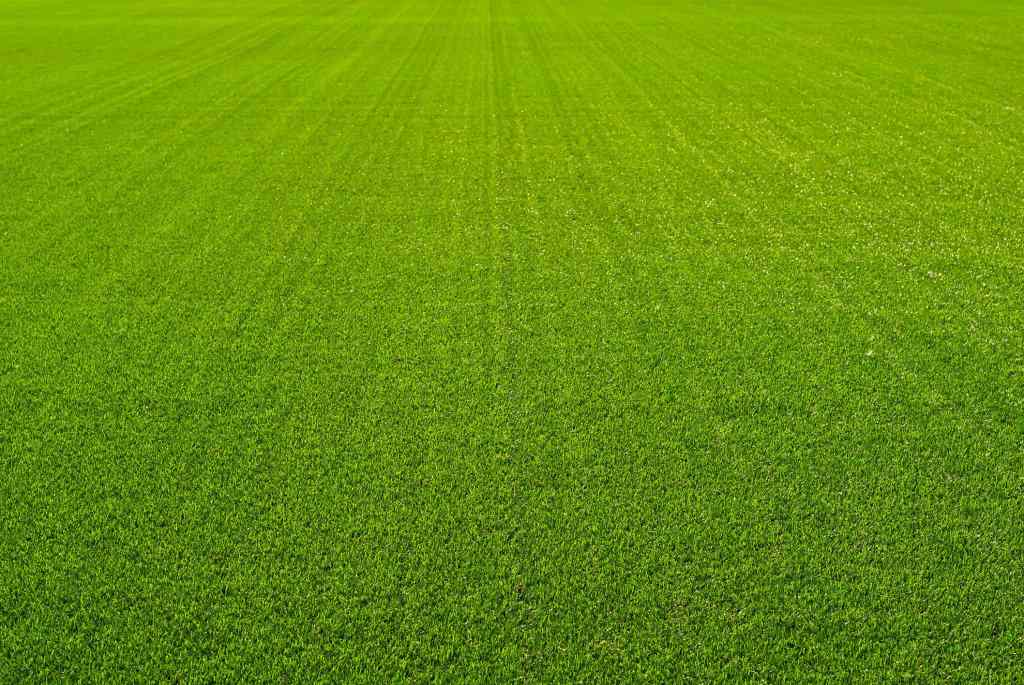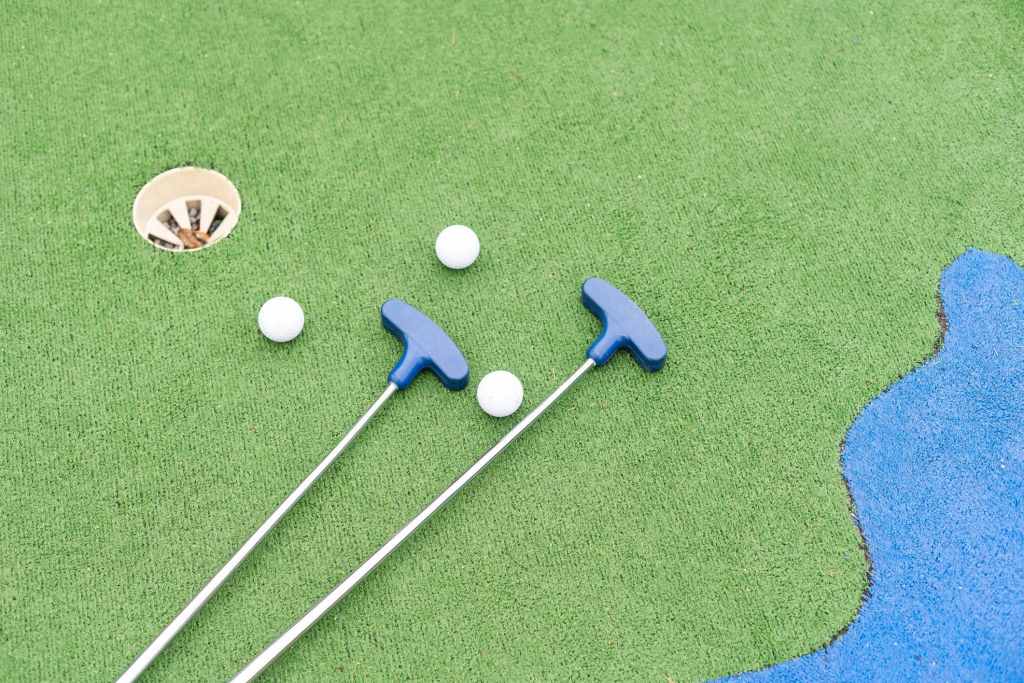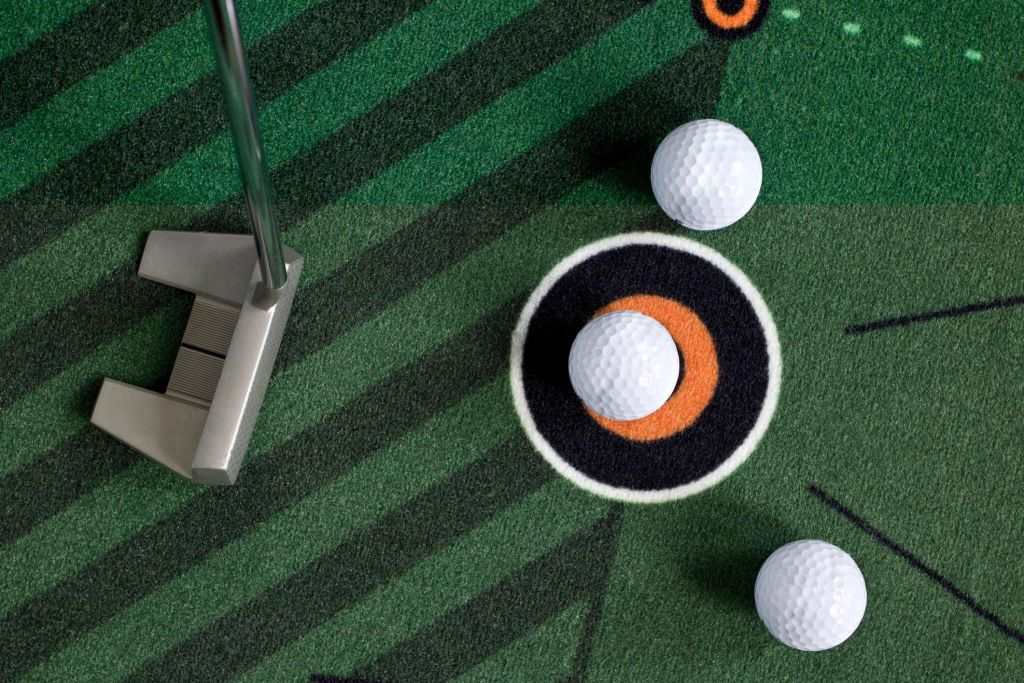In the pursuit of athletic excellence, training plays a pivotal role. Athletes constantly seek ways to enhance their performance, pushing themselves to reach new heights in their respective sports.
One often overlooked aspect of training is the surface on which athletes practice. While natural grass has long been the standard, the emergence of artificial grass has revolutionized the training landscape.
Artificial grass, once primarily associated with aesthetic purposes, has evolved into a sophisticated training surface with a plethora of benefits for athletes.
From soccer fields to track and field complexes, sports organizations and athletes alike are recognizing the potential of artificial grass to optimize training and elevate performance.
The Evolution of Training Surfaces in Sports
In sports training, the surface is key for athletes’ development. While natural grass was standard, artificial grass is now a game-changer. Turftitans offers a range of artificial grass options to suit your training requirements. Elevate your performance and train like a champion with Turftitans. Visit us today and revolutionize your training experience.
Benefits of Artificial Grass in Athletic Training
Artificial grass offers a myriad of benefits that significantly enhance athletic training. Beyond its consistency, durability, and weather resistance, artificial grass also boasts low maintenance requirements and year-round availability.
This combination of factors ensures that athletes can focus on their training without distractions or interruptions, leading to more efficient skill development and better overall performance.
Additionally, the versatility of artificial grass allows for its adaptation to various sports and training environments, making it a versatile and valuable investment for sports organizations seeking to optimize their training facilities.

Consistency
One of the most significant advantages of artificial grass is its consistency. Unlike natural grass, which can develop divots, and uneven patches, or become overly compacted over time, artificial grass maintains a uniform surface throughout its lifespan.
This consistency is invaluable for athletes as it allows them to practice their techniques and strategies repeatedly without having to adjust to changes in terrain. Whether it’s dribbling a soccer ball, making precise cuts on a football field, or executing a smooth swing on a golf course, athletes can rely on the consistent surface of artificial grass to refine their skills with precision.
Durability
Artificial grass is engineered to withstand heavy usage and remains resilient even under the most rigorous training conditions. Unlike natural grass, which can become worn down, patchy, or even torn up with frequent use, artificial grass maintains its integrity over time.
This durability not only ensures that athletes can train intensively without causing damage to the surface but also minimizes the need for costly maintenance and repairs. With artificial grass, sports facilities can sustain high levels of activity without compromising on performance or aesthetics.
Weather Resistance
Natural grass fields are susceptible to the effects of weather, particularly rain, which can turn the surface into a muddy, slippery mess. These conditions not only impede training sessions but also increase the risk of injuries due to slips and falls.
This grass, on the other hand, is designed to drain quickly and remain stable even in wet conditions. Its synthetic fibers do not become waterlogged or muddy, providing athletes with a reliable surface to train on regardless of the weather forecast.
This weather resistance ensures that training sessions can continue uninterrupted, allowing athletes to maintain their momentum and focus on improving their skills.

Shock Absorption
Many artificial grass surfaces are equipped with advanced shock-absorbing properties, which help to reduce the impact of high-intensity activities on athletes’ bodies.
Whether it’s running, jumping, or making sudden stops and turns, the cushioning provided by these grasses helps to minimize stress on joints and muscles, reducing the risk of injuries such as sprains, strains, and impact-related trauma.
This shock absorption is particularly beneficial for sports that involve frequent and vigorous movements, such as soccer, rugby, and track and field events, allowing athletes to train at their full potential without fear of overexertion or injury.
Customization
Artificial grass can be tailored to meet the specific requirements of different sports, ensuring optimal performance and safety for athletes. From the length and density of the turf to the infill materials used, every aspect of the artificial grass surface can be customized to enhance playability and durability.
For example, soccer fields may require longer, denser turf with specialized infill to accommodate sliding tackles and ball control, while track and field complexes may benefit from shorter, more resilient turf to facilitate sprinting and jumping events.
This customization allows sports facilities to create tailored training environments that meet the unique needs of athletes across a wide range of disciplines, promoting skill development and performance improvement.
Case Studies: Success Stories with Artificial Grass Training
Numerous athletes and sports organizations have embraced artificial grass for training, citing its effectiveness in optimizing performance. From professional soccer teams to Olympic-level track and field complexes, the switch to artificial grass has led to noticeable improvements in player performance and training outcomes.
With its consistent playing surface, shock absorption properties, and durability, these grasses provide athletes with the ideal environment to refine their skills and push their limits. This trend underscores the growing recognition of artificial grass as a game-changing solution for enhancing athletic training across various sports disciplines.

Elite Soccer Training Facility
At the elite soccer training facility, the adoption of this grass not only enhanced player performance but also revolutionized the training experience as a whole. With the consistent playing surface eliminating the variability of natural grass, players could execute drills and tactics with precision, fostering a deeper understanding of the game.
Moreover, the shock absorption properties of these grasses not only reduced the risk of injuries but also instilled confidence among players to push themselves further during training sessions, ultimately translating into improved performance on the field.
This strategic investment in these grasses underscores the team’s commitment to providing its athletes with the best possible resources to excel in their sport.
Track and Field Training Complex
The transition to artificial grass at the Olympic-level track and field training complex not only facilitated faster recovery times for athletes but also contributed to overall training efficiency and performance.
With the reduced impact on their joints and muscles, athletes were able to engage in more intensive training sessions without experiencing excessive strain or fatigue.
This enabled them to optimize their training regimens and focus on honing their skills, ultimately leading to improvements in speed, agility, and endurance.
Moreover, the durability and consistency of the artificial surface ensured that athletes could train consistently year-round, regardless of weather conditions, further enhancing their preparation for elite-level competition.
Conclusion
Artificial grass has revolutionized athletic training by providing a reliable, durable, and customizable surface for athletes to hone their skills. By making the switch to these grass, athletes and sports organizations can optimize their training regimens and work towards achieving their athletic goals with confidence.










